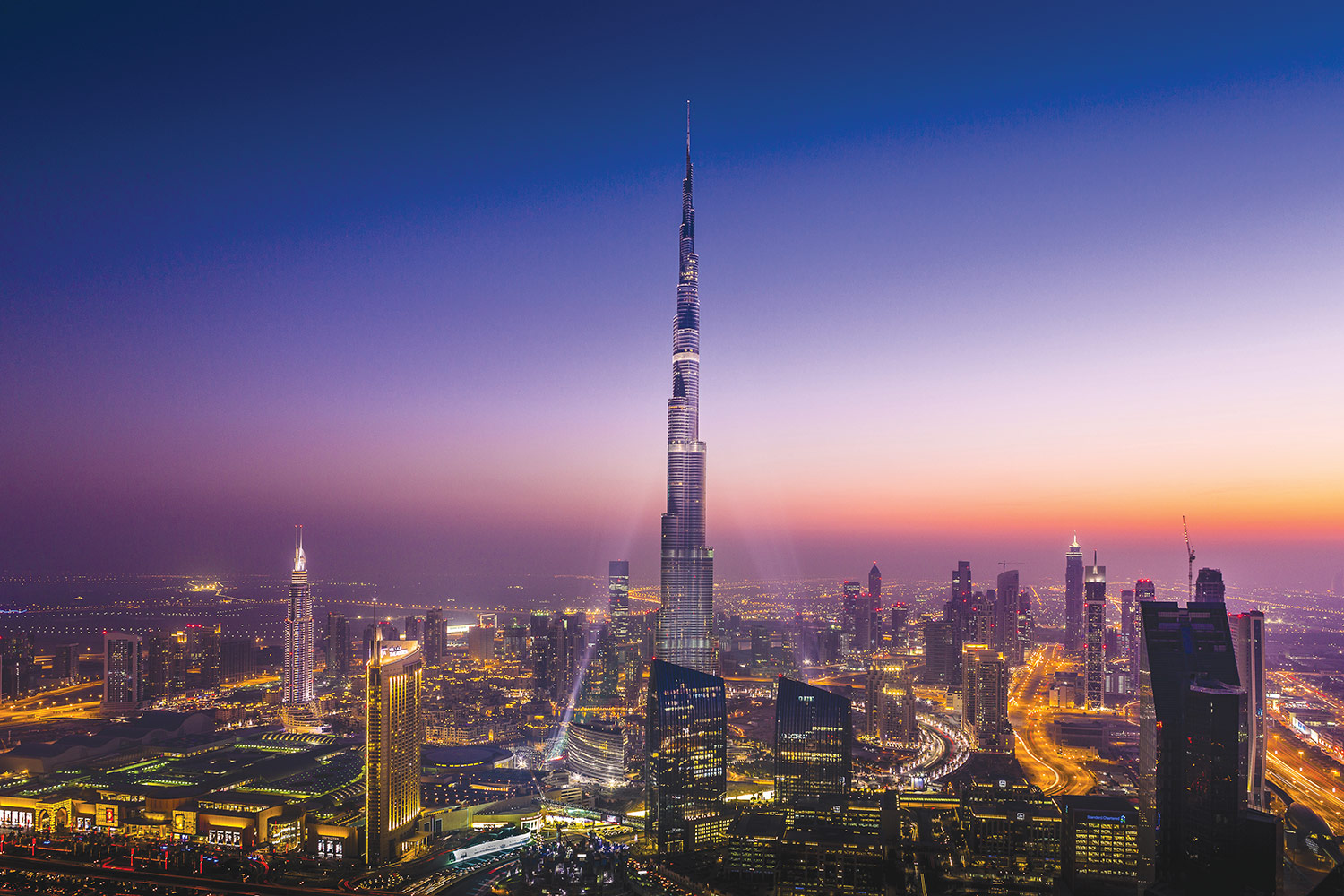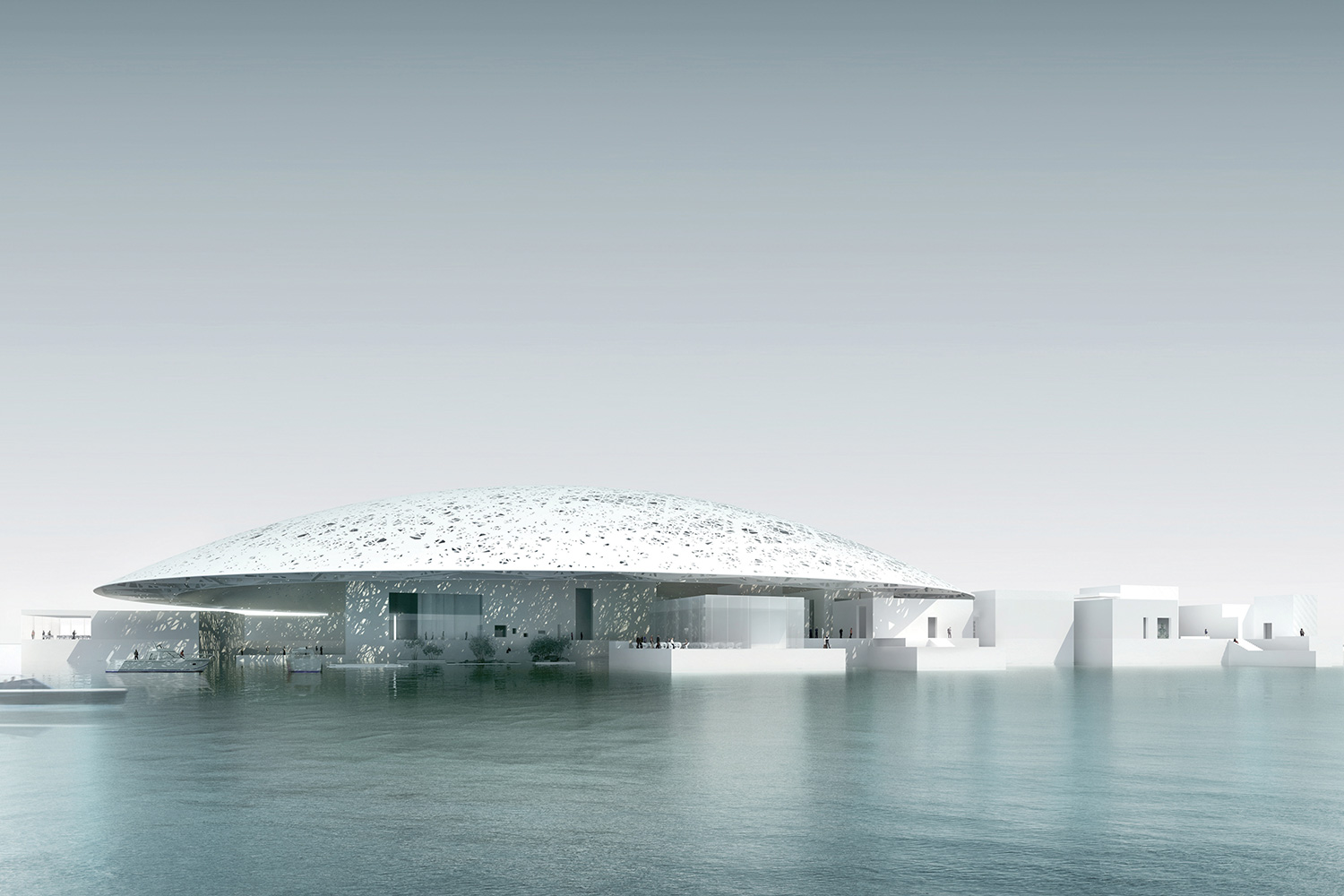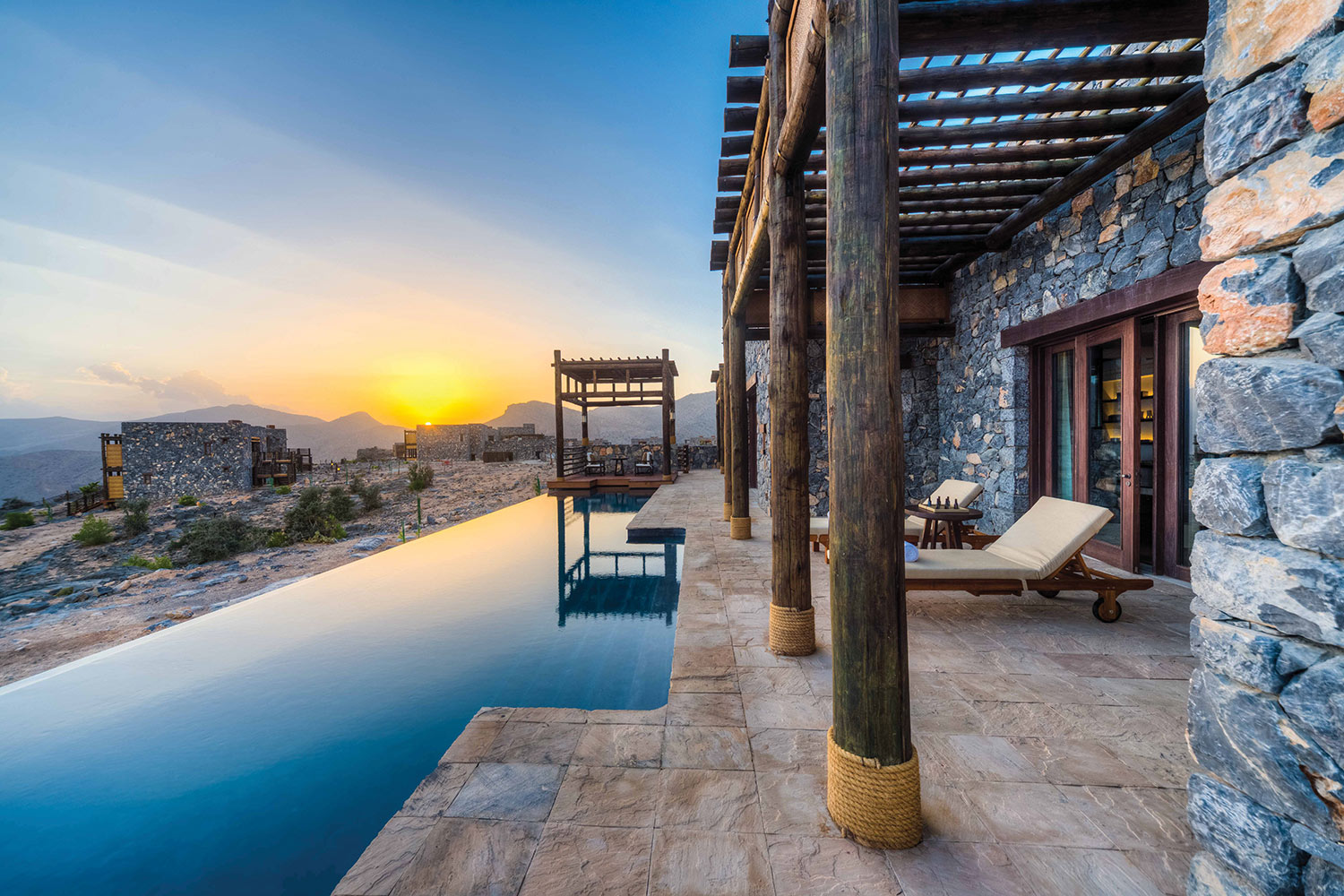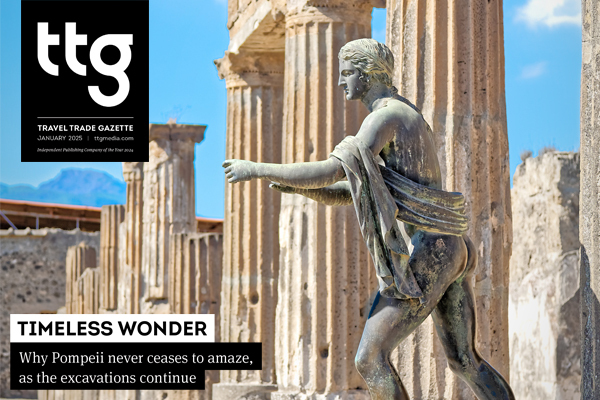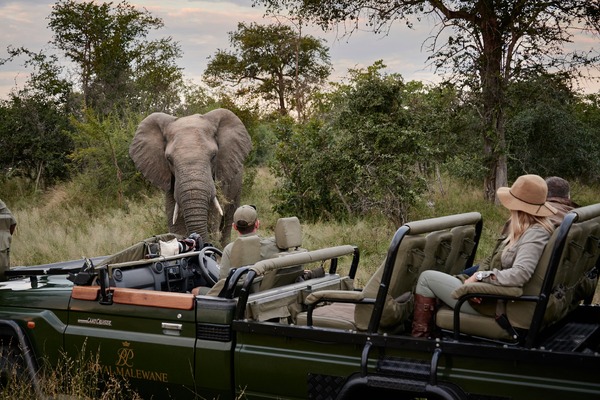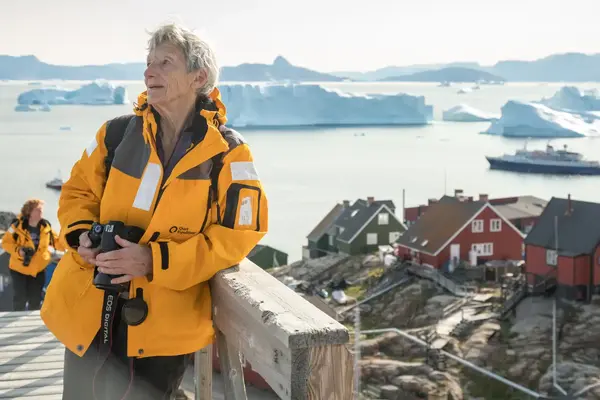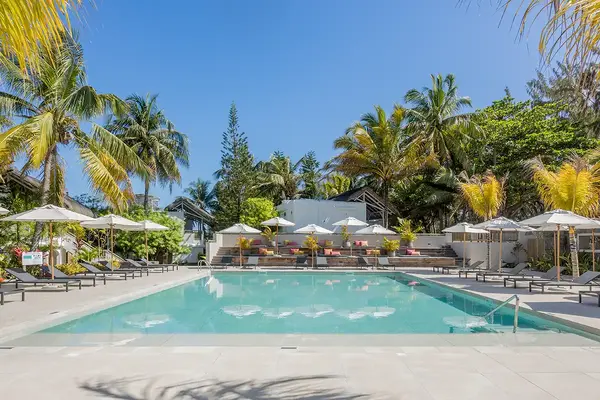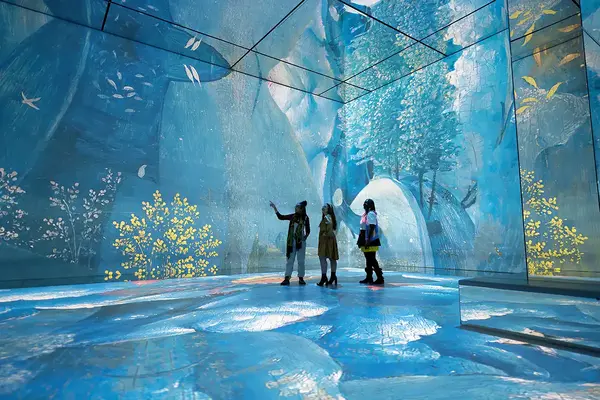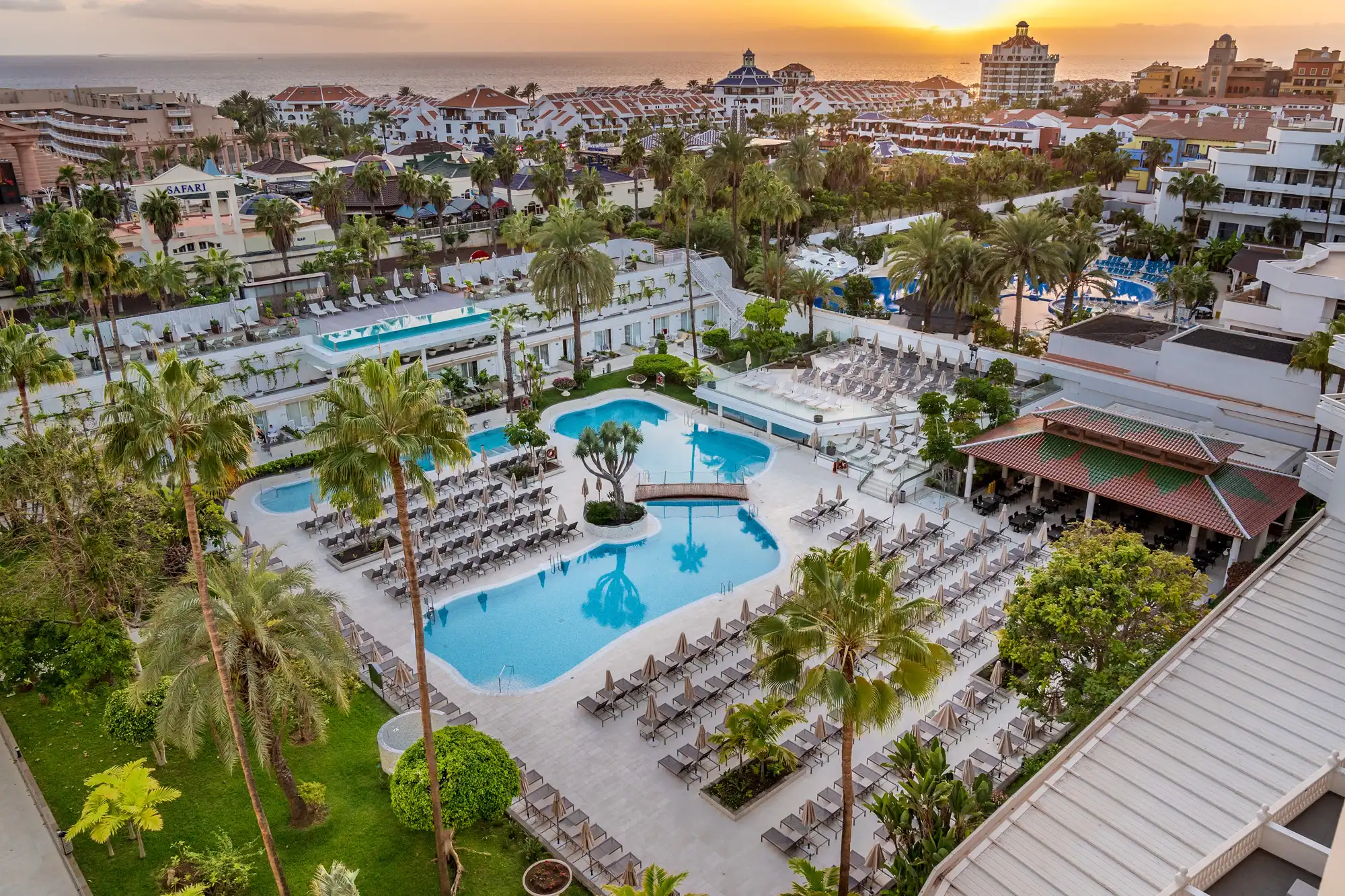Rising stars: the new wave of luxury product across the Middle East
 Gary Noakes
Gary NoakesRegional tensions are having little impact on tourism and infrastructure plans. From jaw-dropping luxury hotels to major cultural attractions, Gary Noakes looks at what’s in the pipeline
As winter proceeds, the Middle East beckons - a time when the climate and a bewildering array of options for the luxury traveller combine to make it the perfect upmarket destination.
The king of these is Dubai and although it might be playing the numbers game with a plan to double tourist arrivals to 20 million by 2020 by building more three and four-star hotels, the coming months are a landmark for its luxury sector. Some brands conspicuous by their absence make their debut there in the next 12 months or so, acting as a magnet for those loyal to upscale hotel names.
The long-awaited debut of Four Seasons in Dubai came in November after the group was invited by the ruling family to build on its land on Jumeirah Beach Road. The 237-room property claims to be the closest beach hotel to the airport and includes 49 suites.
And it’s not the only hotel hitting the emirates from the drawing board of the Toronto-based company; there will be another 100-room hotel in the DIFC by 2017, designed by Martin Brudnizki, one of his first ever hotel projects.
Another coup will be the opening of the world’s second Palazzo Versace hotel by spring 2015. Signature linens, lavish use of marble and couple-size spa baths in rooms will make this hotel a ‘bling’ destination in its own right.
In the year to date, Dubai’s UK arrivals are up 8%, but the five-star sector is up 19%. “It is growing quicker than any other category,” says Dubai Tourism’s UK and Ireland director Ian Scott.
And other brands are also making their debut soon. This year saw the first Waldorf Astoria and the emirate will get a St Regis in early 2015. Also from the Starwood stable will be the first of three W hotels by the third quarter of 2015.
“Dubai has been dominated by brands like Jumeirah for a while, but by next year we will have them all,” says Scott, and “all” also now includes Sofitel, which opened its Dubai Downtown hotel earlier this year.
Jumeirah is not standing still either, with the development a 350-room resort close to its existing Jumeirah Beach Hotel. There will also be a private beach, marine facilities and retail - but that project won’t be ready until 2018.
Before then, much-loved Madinat Jumeirah will have finished its fourth phase, with expansion on track to complete in March 2016, when there will be a new 420-room hotel, villa complex, restaurants and a retail centre.
Fashion forward
Something else to interest the luxury sector is the opening next year of Dubai Design District. Built as the emirate gears up to host Expo 2020, the development aims to be a hub for fashion, art, jewelry and interiors. Expo 2020 also means the 2,000-seat Dubai Opera House will open in 2017.
Carrier’s head of marketing, Maxine Roberts, says the operator’s business to Arabia was up 20% year-on-year and that Dubai was “reasserting its popularity”. Carrier now features the Four Seasons following “glowing reviews” from a staff visit.
She adds: “Our revenue to Dubai is up by 30% year on year, which demonstrates that the higher room categories are also in demand.”
"Revenue to Dubai is up by 30%, which demonstrates that the higher room categories are also in demand"
Like Dubai, Abu Dhabi also aims to be a city and beach destination as well as a stopover. Abu Dhabi’s investment, particularly in its airline Etihad, is reaping the benefits, with hotel guest arrivals in the January-August period up 27% to 2.2 million. Growth from the UK tops the list; also up 27% year on year, with European arrivals overall showing a 21% jump. The figures perhaps indicate that those who have seen Dubai are now curious about its neighbouring emirate.
Next year’s target for the London office of the Abu Dhabi Tourism & Culture Authority is to increase UK bed nights by 20% and raise the average 4.34 nights’ stay to five nights. A specific target will be the Scottish trade, ahead of Etihad’s daily service from Edinburgh beginning June 8. Another key date is December 27, when Etihad launches its first Airbus A380 on the London route, complete with the three-room first-class suite known as The Residence.
But the landmark event everyone has been waiting for in Abu Dhabi is the opening of The Louvre in December 2015, with 300 items from French museums to be loaned to the collection, including works by everyone from Leonardo da Vinci to Monet and Matisse. Designed by star French architect Jean Nouvel, the museum was seven years in the planning and its 180-metre diameter “floating dome” construction will be the first on the Saadiyat Island Cultural District, which will eventually house four museums.
Abu Dhabi also raised its retail game in November with the opening of Yas Mall, adjacent to Ferrari World, boasting four international department stores among its 450 shops.
The region may have a reputation for large, brash hotels, but more discreet luxury properties can also be found. Zaya Retreats opened a 32-villa boutique property in November on the private Nurai Island. One-bedroom beach villas feature full butler service, infinity pool and 24-hour in-villa dining, while a fine dining restaurant opens later in 2015.
Dubai, Abu Dhabi and Qatar are the region’s big investors in tourism infrastructure, with the latter opening its spectacular National Museum in early 2016. The building is a series of interlinking discs, again by Jean Nouvel, set just behind Doha’s Corniche surrounding the original Emir’s palace.
Meanwhile this December, Kempinski opens what is being called the first ultra-luxury property in Qatar, the Marsa Malaz, set on its own private island with a Spa by Clarins opening in the spring.
Recovery route
Egypt is slowly recovering from its political upheaval and next year its Red Sea Riviera gets a major confidence boost when British Airways returns. BA last flew to Sharm el Sheikh in 2011, but reinstates two flights a week from Gatwick on September 14, rising to three in winter. BA recognises the need to serve the resort’s luxury properties, such as the Four Seasons, and will offer a premium cabin on its flights.
The bad news is that unlike its last foray to the resort, the premium cabin will not include Club World flat beds, as this time BA will use a narrow-body aircraft with only Club Europe seating.
Omayma El Husseini, the Egyptian Tourist Authority UK and Ireland director, says BA’s return “demonstrates its confidence in the country” and Egypt’s forecast overall is for a 10% increase in arrivals this year to 10.4 million. Providing there is peace, it’s predicted there will be a swift recovery to pre-uprising levels of 14.7 million in 2015.
Another winter favourite, Oman has seen UK visitor numbers grow from 25,000 in 2003 to 133,529 in 2013. It has some iconic properties, mainly around its capital Muscat, but Salalah, its second city, is a destination that warrants more attention. The Southern Province has a monsoon or khareef season that means vegetation bursts into life in the June-September period in a way not reminiscent of the Gulf. Rotana has opened its 50th hotel here, Salalah Rotana Resort, a beachside resort property, but note that during the khareef, beach access is restricted for safety reasons.
Oman’s off the beaten track openings have also included the Alila Jabal Akhdar mountain resort earlier in 2014 and still to come in 2015 is Dunes by Al Nahda, a 30-room desert resort, 45 minutes from the Al Nahda Resort & Spa.
Also in the pipeline in Oman are The Kempinski Hotel (2015) and The Fairmont Hotel (2016) at Muscat’s The Wave, while two new Anantara hotels will mark that brand’s debut in the sultanate.
“A lot of our clients are gearing towards Oman because it is not a massive tourist destination,” says Cox & Kings senior tour consultant Sebastian Gittany. “Many do Oman with two or three nights in Dubai or Abu Dhabi. If you go with BA it touches down in Abu Dhabi so it’s a logical combination.”
Rotana has another new development, this time in Bahrain, on the Amwaj Islands, a Dubai-style development that includes a bird sanctuary and water park - the ART Rotana will open in early 2015 with three pools and a private beach. Bahrain may be shy on attractions, but its national carrier Gulf Air provides some good through fares to other destinations from the UK. The Amwaj Islands’ location, only five miles from the airport, might persuade some to do a brief stopover - as might the arrival of a One&Only resort in a couple of years time and a Four Seasons.
UK spotlight
Back in the UAE, one emirate that is bound to get talked about more in the UK is Ras Al Khaimah, around an hour from Dubai airport, whose lack of oil and gas deposits means it is now investing heavily in tourism. It is trying to position itself as a centre of Arabic culture and heritage, in contrast to Dubai, and the UK is already the biggest foreign market, accounting for 12% of arrivals, a figure which will only rise once the emirate has hosted the 2015 ITT Conference.
Its investment in tourism is already paying off, as Ras Al Khaimah reached 1.5 million annual guest nights in August, a figure not achieved until November the previous year. The first Waldorf Astoria in the United Arab Emirates opened here in 2013 - it will host the ITT Conference - and the last year has seen room numbers increase from 3,000 to 5,000. Part of this is due to the construction of Al Marjan, a development of four artificial islands that extends nearly three miles out to sea and includes a number of new hotels. The first of these are on Breeze Island, among them the luxury Rixos Bab Al Bahr, situated at the closest point to the mainland.
"Sharjah's cultural offering is so strong that it was appointed the 2014 Islamic Culture Capital"
Of all the Middle East countries, Saudi Arabia is not one many would put on the tourist trail, due to its strict interpretation of Islam, but it is beginning to open up. A tourism visa scheme, announced in December, was withdrawn in March after the country’s rulers decreed that infrastructure needed to support the industry was not yet in place. This will change though, as there are plans to invest £18 billion between now and 2023 and Saudi Arabia exhibited for the first time at World Travel Market this year.
Also starting to make more of an impact is the emirate of Sharjah, whose cultural offering is so strong that it was appointed the 2014 Islamic Culture Capital, while the Arab Tourism Organisation has made it the capital of Arab tourism for 2015. With authenticity such a buzzword in luxury travel, it’s an accolade that could well serve this particular emirate well.
And the UAE’s tourism aspirations do not end there. Ajman is also keen to come in on the act, exhibiting at WTM for the first time this year and boasting the arrival of Ajman Saray, a Luxury Collection Resort near the turquoise waters of the Gulf. Lux Resorts is also due to open there, as is Oberoi, part of that group’s current Middle East growth spurt.
Dubai will hold the crown for a long while yet in terms of UK appeal, but there is plenty on the horizon to challenge it in the years to come.
Sign up for weekday travel news and analysis straight to your inbox

Gary Noakes
Supplier Directory
Find contacts for 260+ travel suppliers. Type name, company or destination.
